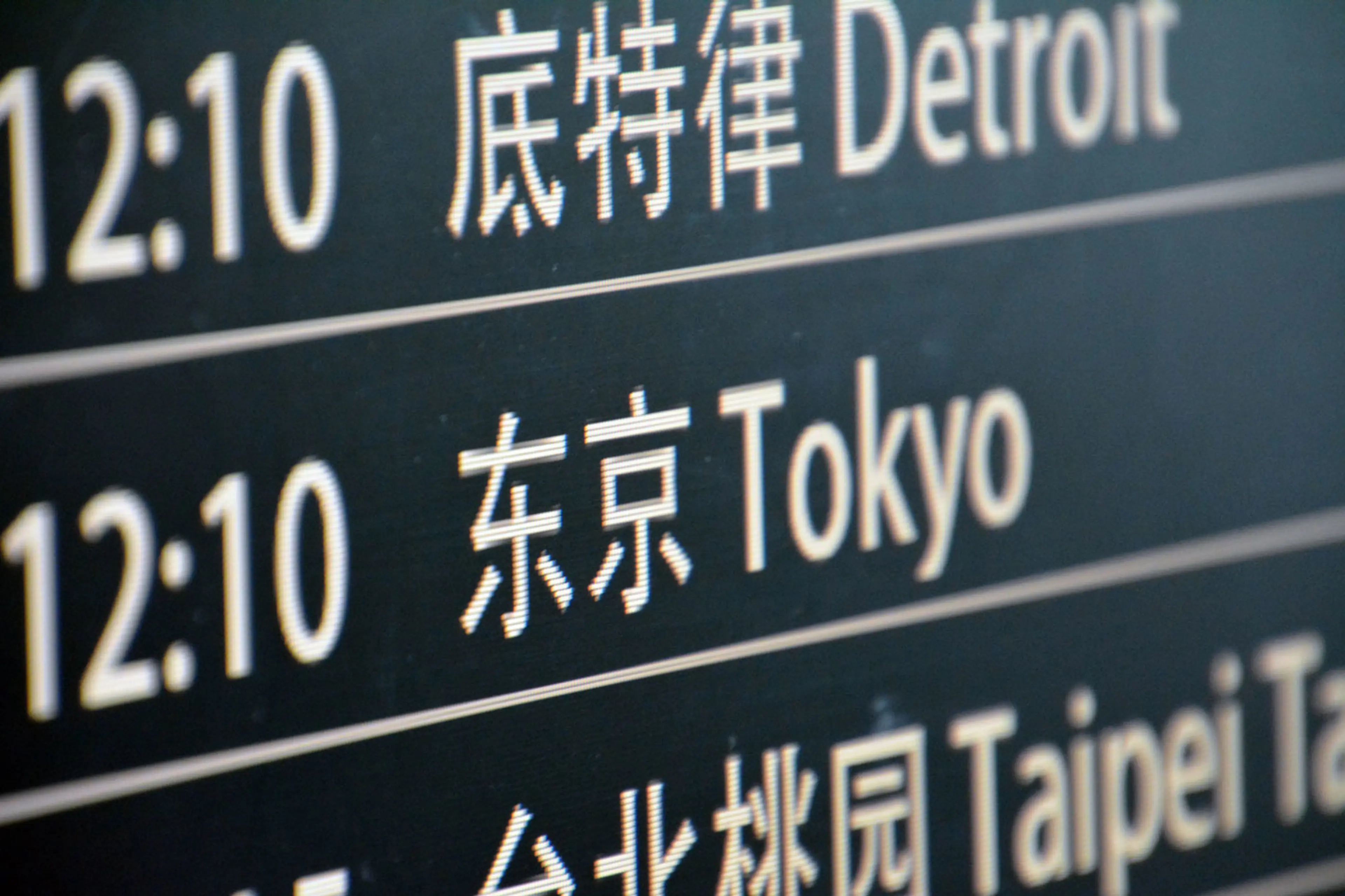
News
1 Nov 2016
10 Min Read
Airline Boarding Passes: Is Going Digital Always the Answer?
“There’s an app for that!” Apple proudly exclaimed back in 2009.
News

Retail & Luxury Goods
4 Sept 2025
9 min read

News
5 May 2025
3 min read

News
17 May 2024
2 min read

News
1 Nov 2016
10 Min Read
“There’s an app for that!” Apple proudly exclaimed back in 2009.
News